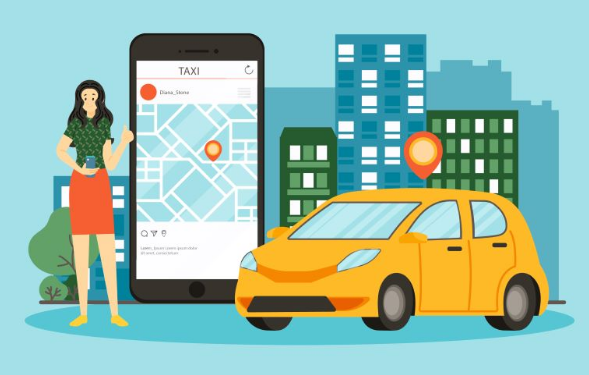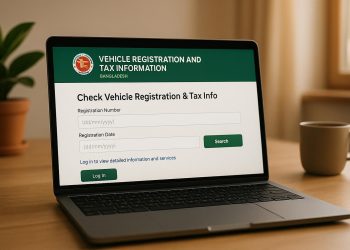Discover how ride-sharing Bangladesh with apps like Uber and Pathao is shifting car ownership—from private cars to shared mobility choices.
How ride-sharing Bangladesh Is Changing Car Ownership Trends in Bangladesh
Changing Urban Mobility Patterns
In recent years, ride-sharing Bangladesh has become a major force reshaping the way people travel. Popular apps like Uber, Pathao, and Shohoz have made it easier than ever to move around cities like Dhaka and Chattogram without owning a car. This shift is significantly influencing how people view car ownership, especially among younger, tech-savvy users.
Cost-Effective Alternative to Ownership
Maintaining a personal car involves regular expenses—fuel, maintenance, insurance, and depreciation—that add up quickly. In contrast, ride-sharing offers a pay-per-use model that many find more economical. For daily commuters, the ability to avoid parking hassles and reduce travel stress further supports the growing preference for shared transport.
As ride-sharing Bangladesh becomes more widespread, an increasing number of urban residents are delaying or abandoning plans to buy a vehicle altogether.
Car Owners Turning Into Service Providers
Rather than buying a car strictly for personal use, many vehicle owners are registering with ride-sharing platforms to earn income. This dual-purpose approach lets them offset their vehicle expenses while contributing to a more efficient transport system. In ride-sharing Bangladesh, this trend has encouraged the rise of small-scale entrepreneurs who see cars not just as assets, but as business tools.
Greater Vehicle Utilization
Private vehicles often remain parked for long periods, leading to inefficient use. In contrast, ride-sharing enables higher vehicle utilization throughout the day. A single car can serve dozens of passengers daily, maximizing the return on investment. This shift supports a more sustainable and productive model of urban transportation within ride-sharing Bangladesh.
Reducing Traffic and Parking Issues
Widespread car ownership has led to increasing congestion in cities. Ride-sharing offers a solution by reducing the number of private vehicles on the road. Shared rides and on-demand access also minimize the need for long-term parking. As ride-sharing Bangladesh continues to grow, it’s expected to play a key role in tackling urban traffic problems.
The Future of Mobility
The success of ride-sharing is fueling the development of Mobility-as-a-Service (MaaS) models, where users combine different transport modes—bike, car, public transit—through a single platform. In Bangladesh’s fast-growing cities, this integrated approach is likely to gain traction. With improved infrastructure and digital penetration, ride-sharing Bangladesh is set to redefine future mobility.
Conclusion
Ride-sharing Bangladesh is not just a transportation trend—it’s a shift in lifestyle and urban planning. From cost savings to business opportunities, and from reduced congestion to smarter mobility, ride-sharing is changing how people in Bangladesh think about owning a car. As this transformation accelerates, more individuals and families will choose flexibility, affordability, and convenience over traditional ownership.
For more insights into mobility and the future of transport in Bangladesh, visit GarirNews.
Do you still think owning a car is necessary in today’s urban world? Share your views and let us know how ride-sharing Bangladesh is changing your habits.




